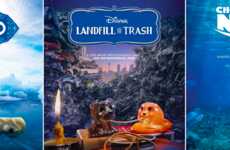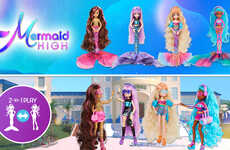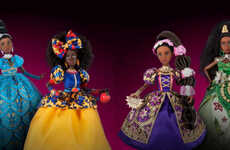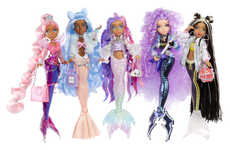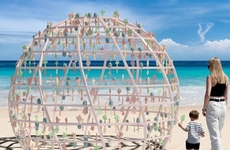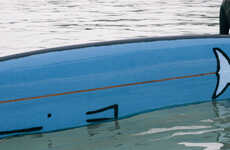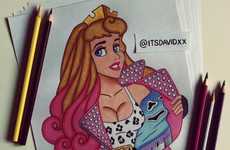
Monique Steele Alters the Look of Disney's Ariel in Various Oceans
References: buzzfeed & designtaxi
Illustrator Monique Steele created a series of images that show Disney's Ariel in various oceanic locations. The artist teamed up with associate professor and aquatic evolutionary expert Joseph Shaw, who provided information about how geography alters the appearance of sea creatures.
This highly educational image series shows Disney's Ariel in her traditional state, and then introduces the audience to new versions of the mermaid. Monique illustrates what Ariel would look like if she lived in the Arctic Ocean, the deep sea and the Coral Reef. Shaw says that if Ariel did live in the Coral Reef, she would have "beautiful color patterns in her tail, many examples of mimicry and amazing eyesight to take advantage of the crystal clear, bright and sunny waters.”
This unique image series presents an educational approach to a beloved Disney princess. When children are introduced to education through a common interest, it encourages them to continue learning and exploring their interests.
This highly educational image series shows Disney's Ariel in her traditional state, and then introduces the audience to new versions of the mermaid. Monique illustrates what Ariel would look like if she lived in the Arctic Ocean, the deep sea and the Coral Reef. Shaw says that if Ariel did live in the Coral Reef, she would have "beautiful color patterns in her tail, many examples of mimicry and amazing eyesight to take advantage of the crystal clear, bright and sunny waters.”
This unique image series presents an educational approach to a beloved Disney princess. When children are introduced to education through a common interest, it encourages them to continue learning and exploring their interests.
Trend Themes
1. Oceanic-themed Illustrations - Creating illustrations with an oceanic theme, such as altering the appearance of sea creatures to teach children about geography.
2. Educational Disney Illustrations - Combining education and entertainment by creating alternative versions of beloved characters to teach children about different regions and their unique attributes.
3. Character Adaptations for Learning - Adapting popular characters to teach educational concepts, encouraging children to learn while maintaining their interests.
Industry Implications
1. Education - Using alternative character adaptations to teach educational concepts.
2. Entertainment - Creating new versions of popular characters to maintain or increase audience interest.
3. Design - Illustrating alternative versions of beloved characters while still maintaining their original look and feel.
2.8
Score
Popularity
Activity
Freshness

